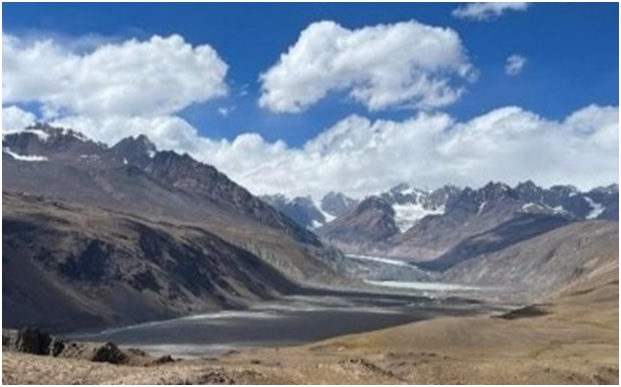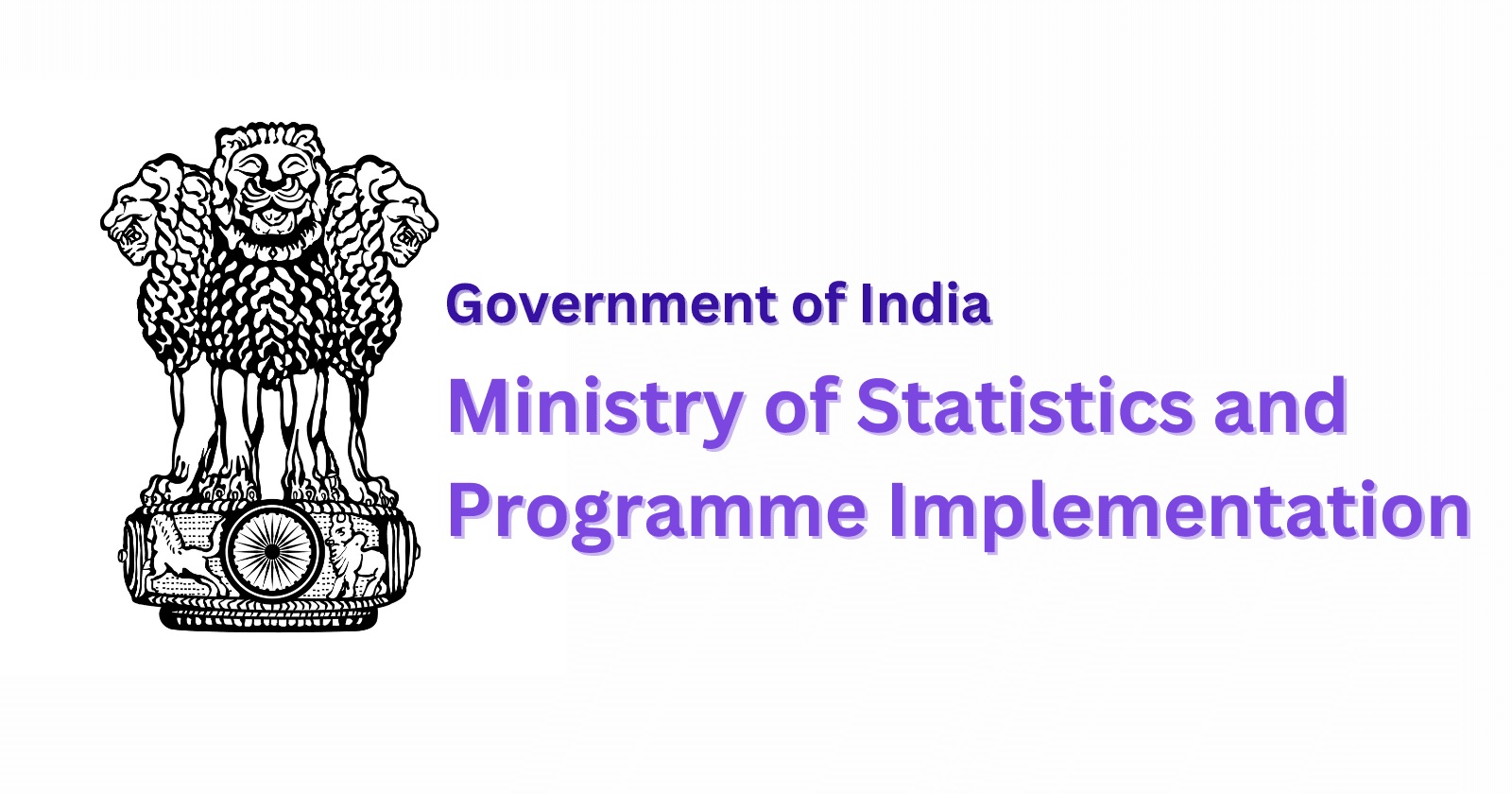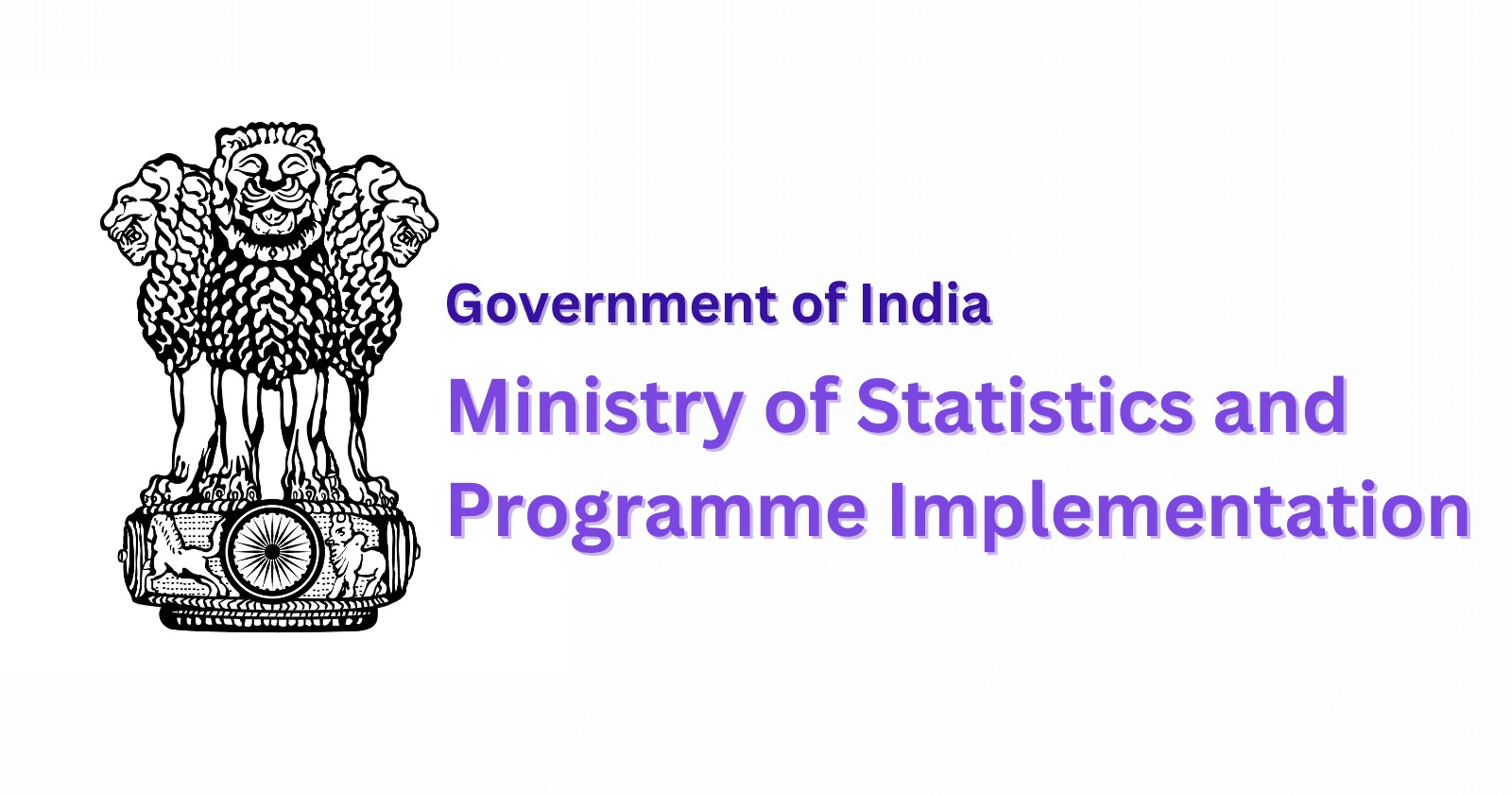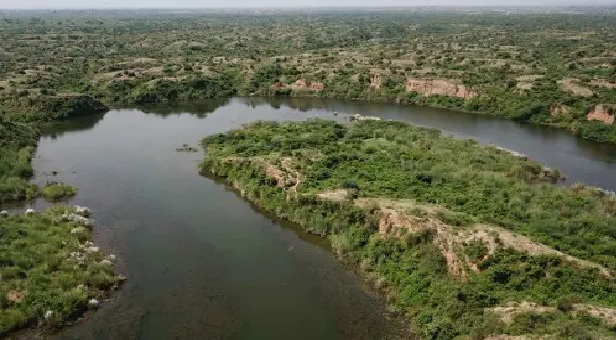India's Cold Desert Biosphere
Reserve in Himachal Pradesh has been included in UNESCO's World Network of
Biosphere Reserves.Union Minister for Environment, Forest and Climate Change
announced the development during the 37th session of UNESCO’s International
Coordinating Council – Man and the Biosphere (MAB) held in Hangzhou, China, on
September 27, 2025.With the inclusion of the Cold Desert Biosphere Reserve,
India now has 13 biosphere reserves listed in UNESCO’s World Network of
Biosphere Reserves (WNBR).India recently added two new Ramsar sites in Bihar,
Gokul Jalashay (448 ha) in Buxar district and Udaipur Jheel (319 ha) in West
Champaran district.With these additions, the total number of Ramsar sites in
India has risen to 93.UNESCO designated 26 new biosphere reserves across 21
countries — the highest number in 20 years. The World Network of Biosphere
Reserves now includes 785 sites in 142 countries.
Key
Features of Cold Desert Biosphere Reserve
¨
This biosphere reserve spans approximately 7,770 sq km across the
Lahaul-Spiti district of Himachal Pradesh.
¨ This reserve is located in the
trans-Himalayan region and is one of the coldest and driest ecosystems in the
World Network of Biosphere Reserves.
¨ This ecosystem comprises windswept plateaus,
glacial valleys, alpine lakes, and high-altitude deserts, and includes Pin
Valley National Park, Kibber and Chandratal Wildlife Sanctuaries, and the
Sarchu plains.
¨ This fragile ecosystem supports many vascular
plant species, mammal species and bird species, with the snow leopard as the
flagship species.
¨ Significance of the Recognition
¨ This designation highlights the need to
safeguard high-altitude mountain ecosystems facing tourism pressures and
climate change.
¨ This recognition is expected to promote
international research collaborations, responsible eco-tourism, and strengthen
climate resilience efforts in the Himalayas.
¨
The UNESCO listing places India’s Cold Desert Biosphere Reserve on the
global conservation map, emphasising biodiversity conservation and
community-led sustainable development.
United
Nations Educational, Scientific and Cultural Organisation (UNESCO)
¨
UNESCO is a specialised agency of the United Nations (UN) dedicated to
promoting peace and security through international cooperation in education,
science, culture, and communication.
¨ It was founded in 1945 after the devastation
of World War II.
¨ Presently, it has 194 member states and 12
associate members.
¨
The UNESCO headquarters is located in Paris, France.




